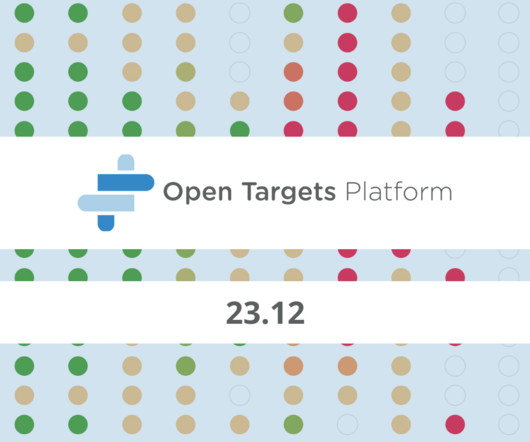Inside The Altascientist: Understanding Drug Interaction Factors for Safer, More Effective Therapies
Alta Sciences
DECEMBER 31, 2024
In Issue 7 of The Altascientist , we delve into these factors, the importance of drug interaction studies, and how to limit adverse effects and maximize treatment response. In some cases, these side effects could be life-threatening, such as drops in blood pressure, irregular heartbeats, or organ damage.















Let's personalize your content